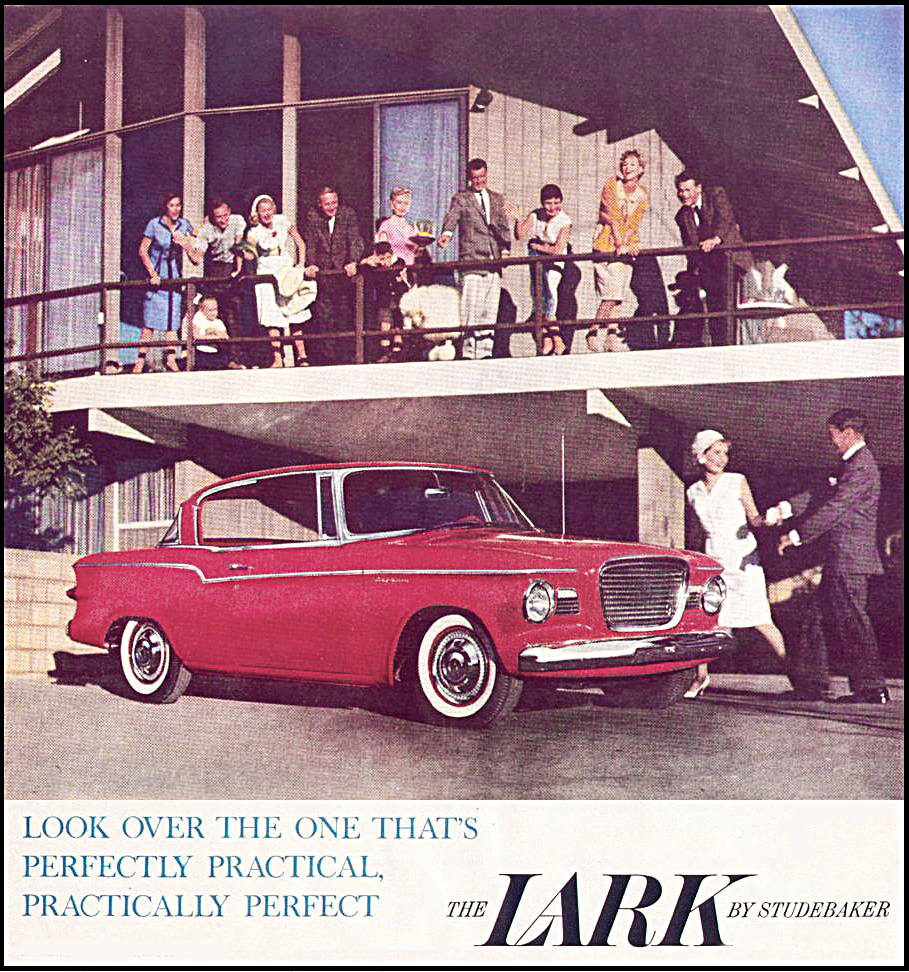
Is Your Eichler or Streng Home Historic?
 |
There are so many things that owners of homes built by Joe Eichler and the Streng Brothers love about their houses—the light, the openness, the innovative layout. They also embrace the fact that their residences were designed by famed architects who helped steer the growth of suburbia in the mid-20th century.
Today these homes are part of history, and some of them may qualify for historic designation as individual homes, says Jay Correia, an historian with the state Office of Historic Preservation whose role is to work with property owners to get their buildings, if they qualify, onto the National Register of Historic Places and the California Register of Historic Resources.
Such historic designation could benefit homeowners by providing property tax relief through the state Mills Act (if the jurisdiction in which they live permits use of the act). Some houses may also qualify for local historic designation, in cities or counties that offer such a thing.
 |
To date, several Eichler neighborhoods, but no Strengs, are on the national and state registries. Only one individual home by either of the developers has been so honored – the all-steel Eichler X-100 in the San Mateo Highlands, which Joe built in 1956 both as an experiment in materials and layout, and as a promotional device for his Highlands tract.
The X-100 is a very special home, but would it be possible for a relatively ordinary Eichler home, just one of many similar homes in a tract, to qualify for the National Register?
“That’s a good question, because they all do look, you know, somewhat similar, right?” Jay said.
The answer, though, is "yes," said Jay, who brings eligible properties before the state resources commission. The commission determines if a property is eligible for the state register, and in turn sends its recommendation on to the National Park Service for placement on the National Register.
 |
“I would say that we would look for arguments in a nomination that conveyed to us that maybe this particular house has extremely high integrity,” he said.
“I mean, it’s been meticulously cared for during its entire life. Every lamp in the building is original, the kitchen’s still intact. We would look at that, and I would accept that nomination today. The glass is all original, no windows have been mucked with.”
OK, say your house has had a few changes. Don’t give up.
Jay postulates a home that is “not the absolute highest integrity in the neighborhood. But you know, it’s been well cared for.
“Oh, and by the way, a pretty well-known local author lived here, and it’s documented that she wrote all of her textbooks in this house.
 |
“You know, Professor Smith at Stanford, this was the house that he built and where he did a lot of his research. And so it’s also eligible under a Criterion B [of the law] for its association with Professor Smith [a famous person].
“Oh, and by the way, it’s also significant because it’s an excellent representation of a Joseph Eichler home.”
“So, first, we’re very flexible,” Jay said. “We don’t want to be snowed, and we don’t want to be illogical, and we don’t want to be untruthful in any way. But if you give us something to hang the National Register hat on, let’s do it.”
Besides homes with architectural integrity and homes associated with significant people, Jay cited unusual models, or homes that are unique in some way as potential candidates for historic designation.
 |
Eichler did any number of unusual models over the years, as he and his architects tried out hundreds of designs, seeking plans and features that engaged his homeowners.
Joe also brought in architects from outside his usual teams on occasion. Pietro Belluschi designed the two-level 'Life house' in San Mateo (another version of the design was built on the Stanford campus). Architect Raphael Soriano designed another steel house for Joe in Palo Alto.
Unusual two-story and split-level Eichlers, Eichlers with atriums that are surrounded entirely by living space, or Eichlers with other unusual designs can be found in many of Joe's tracts. Is your home an example of an early atrium? Is it a pioneering covered loggia model? All these design features may contribute to select Eichlers being candidates for historic designation.
 |
And the Streng Brothers, who operated more like custom builders in some ways than as strict tract builders, customized so many of their homes that many possess a uniqueness that may qualify them as historic.
“There might be some really creative houses in a neighborhood, or slightly different out of the norm, maybe tied in with the property owner wanting a little more individuality,” Jay said. “All of those [qualities] could lead to an individual nomination.”
“At first glance, they’re all nearly the same,” Jay said of homes in an Eichler tract. “But if you really begin to look at it, there’s a beauty and variation. And that takes skill of the architect and designer. And that is highly important, I think.”
- ‹ previous
- 348 of 677
- next ›



